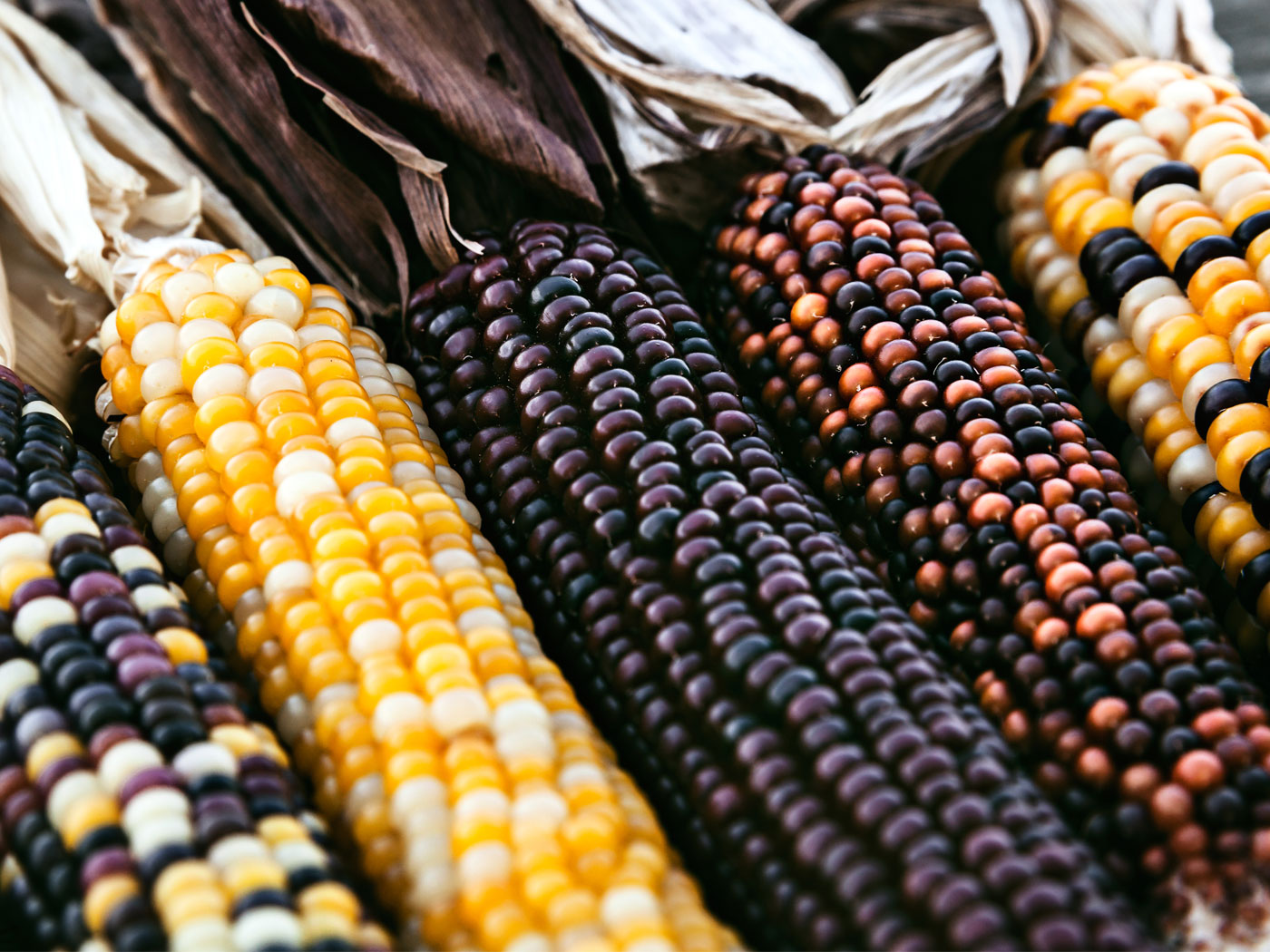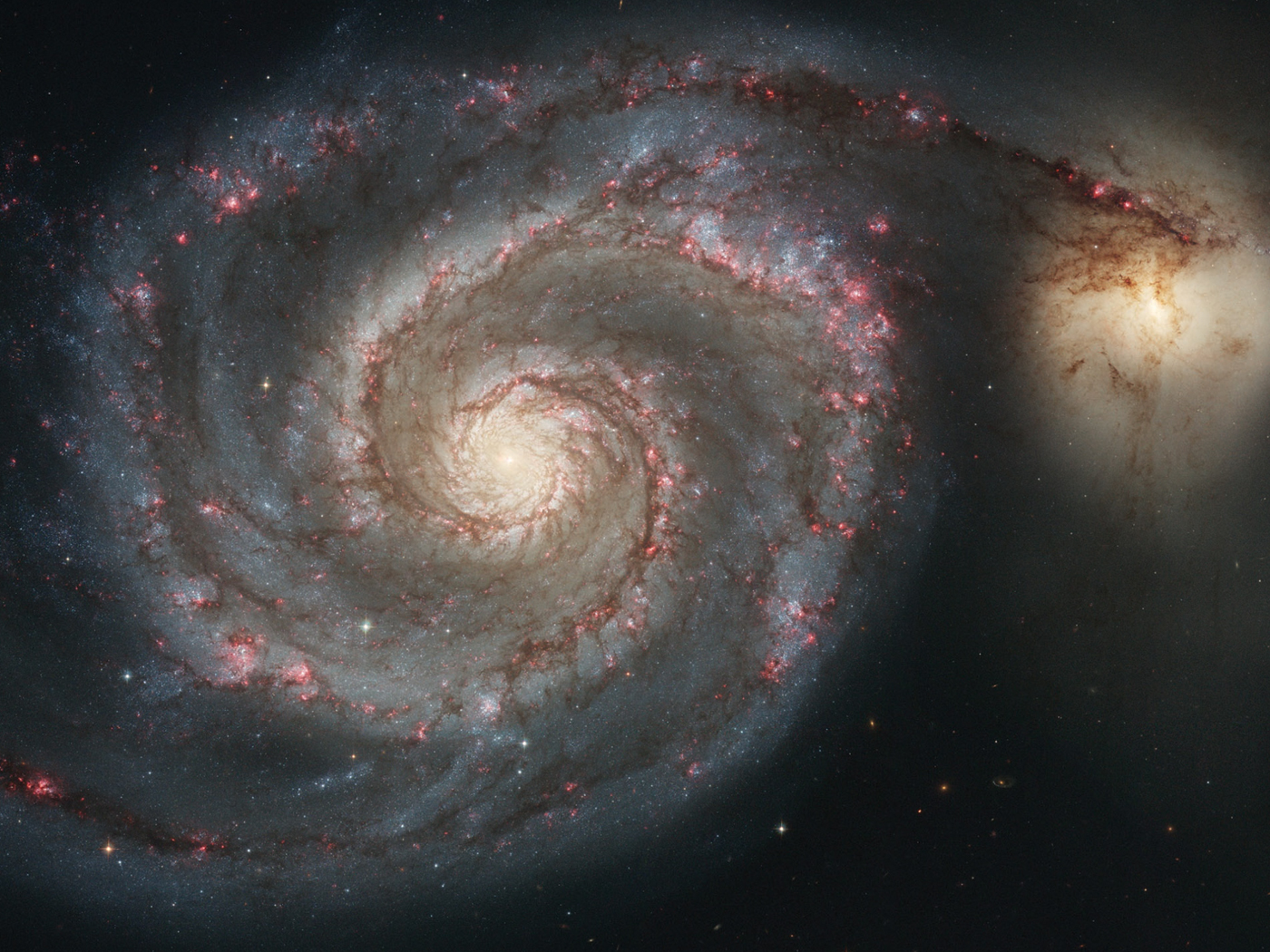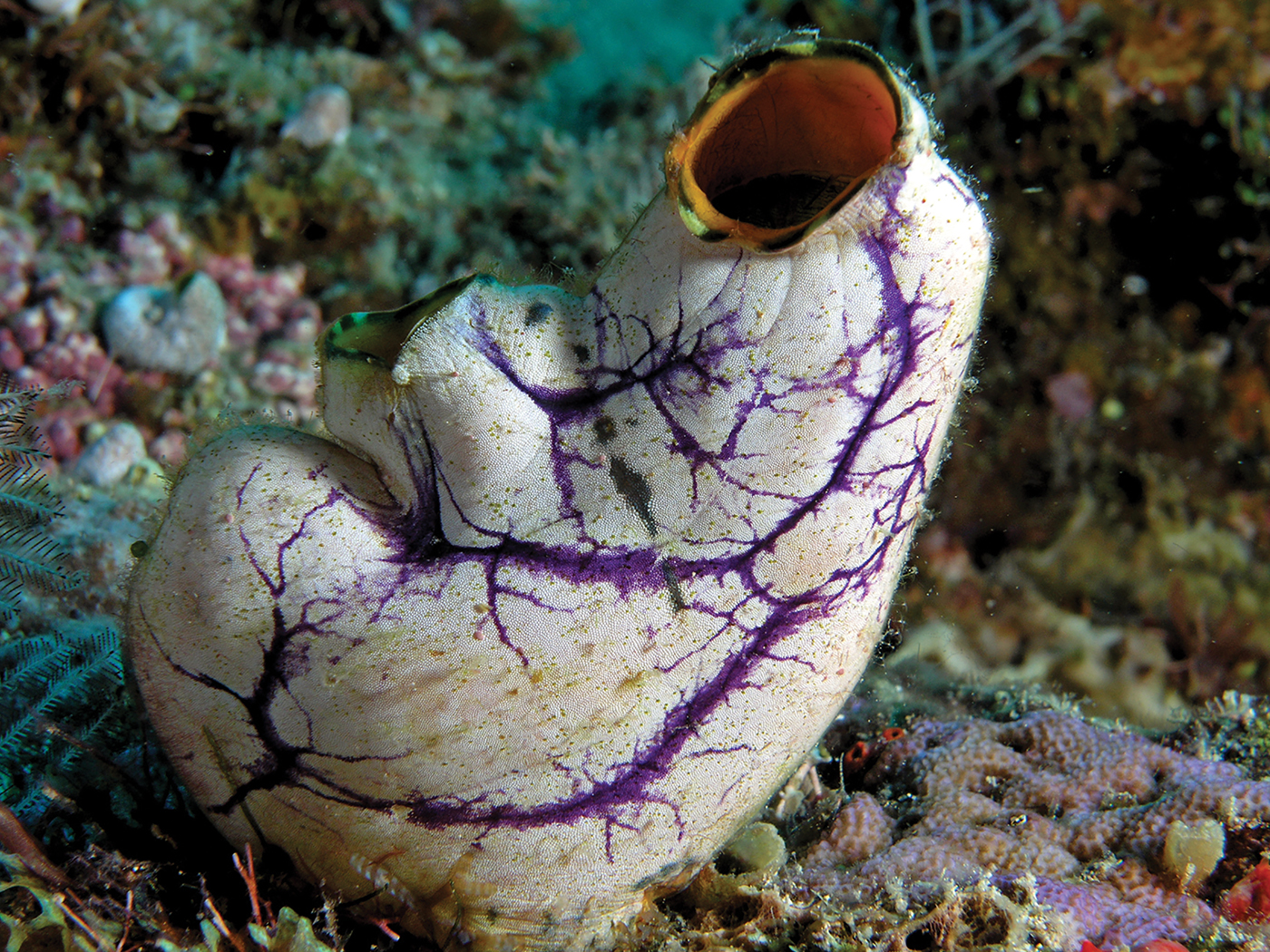One side of Darwin rarely discussed in popular and scientific literature was his powerful sadistic bent. One of his passions that reflected this was his love for shooting, hunting, and guns. Darwin's interest in shooting and hunting was not unusual in nineteenth century England, but he carried it far beyond that of most of his contemporaries. Many people hunt for food and/or sport, then as well as now, but wanton killing for its own sake can hardly be justified. With Darwin it was an obsession which involved behavior that, at the least, bor-dered on sadism.
Early hints of this dark side included Darwin's propensity to lie and steal in order to create excitement and to get attention. In his own words, "as a little boy I was much given to inventing deliberate falsehoods, and this was always done for the sake of causing excitement" (1958, p. 23). Darwin also admitted to stealing for the fun of it (p. 24). A clearer example of his sadistic impulse was when, as a young boy, Darwin "beat a puppy . . . simply from enjoying the sense of power." He even admitted that he later felt much guilt over his behavior, indicating that he knew his actions were wrong (p. 27). At this time, he still had a strong faith in God, and this fact may partly explain his guilt (p. 25).
Darwin's Sadistic Impulses
Although Darwin first learned to handle a gun before he was about 15, it evidently did not become a passion until he killed his first animal. His "passion for shooting, . . . would stay with him through all the years of his formal schooling and some years beyond" (Gale, 1982, p. 9). Darwin loved killing so much that when he killed his first bird, he literally trembled with excitement. His own words, recorded in his biography, provide a vivid illustration of just how important killing animals was to him:
In the latter part of my school life I became passionately fond of shooting, and I do not believe that anyone could have shown more zeal for the most holy cause than I did for shooting birds. How well I remember killing my first snipe, and my excitement was so great that I had much difficulty in reloading my gun from the trembling of my hands. This taste long continued and I became a very good shot (1958, p. 44, emphasis mine).
He also wrote in his autobiography, "How I did enjoy shooting" (p. 55), and "If there is bliss on earth, that is it" (quoted in Browne, p. 109). He even declared: "My zeal was so great that I used to place my shooting boots open by my bed-side when I went to bed, so as not to lose half-a-minute in putting them on in the morning" (p. 54).
By 1828, his ambitions for killing animals had outgrown his equipment. He wanted a more powerful double-barrelled gun, and so petitioned his father and sisters for the money to buy a new one. He threatened them with dire consequences if he continued using his old gun, which he claimed could, at any moment, "destroy the aforesaid Charles Darwin's legs, arms, body & brains" (Browne, p. 110). He soon got his new gun, which he later used as a student at Cambridge to practice. When he could not be outside, he would practice shooting in his room! While at Cambridge, he joined the "sporting set," and "did a good deal of drinking, hunting, and riding" (Gale, p. 13).
Browne claimed that every summer and autumn of Darwin's youth, after about 1826, was dedicated to killing birds and other animals. Nonshooting months were passed by "studying handbooks about guns and in writing down useful information about the diameter of shot" needed to kill different animals (Browne, p. 110). Darwin gleaned numerous books, such as Instructions for Young Sportsmen by an Old Sportsman, for their advice to help him improve his already considerable skills in killing animals. His "beloved shooting" came first in his life (Gale, p. 144).
His passion for hunting was so great that Darwin even had much difficulty waiting until hunting season to stalk his prey. So he weighed "the financial penalties for killing game out of season," and he even considered ignoring the law since "no common person or gamekeeper can demand your certificate without producing his own" (Browne, p. 110). He was also very aware that he had an obsession with shooting and killing animals, for he once said: "I must have been half-consciously ashamed of my zeal, for I tried to persuade myself that shooting was almost an intellectual employment" (p. 55).
His passion for shooting was well known and, as a young man, was greater than for any other activity, although later in life his love for science also became very important. Browne noted that:
The only object that could possibly have matched a microscope in Darwin's affections at that time was a gun; and a gun he already had. Shooting completely dominated those thoughts not given over to beetles (p. 109).
Darwin admitted that shooting was for a long time even more important than science:
I visited Barmouth to see some Cambridge friends who were reading there, and thence returned to Shrewsbury and to Maer for shooting; for at that time I should have thought myself mad to give up the first days of partridge-shooting for geology or any other science (p. 71).
Darwin even compiled an elaborate system to accurately record his numerous killings. His list was subdivided into partridges, hares, and pheasants in order to keep a running total of "everything he killed through the season" (Browne, p. 110). How important killing animals was to him is also indicated by the following experience:
I kept an exact record of every bird which I shot throughout the whole season. One day when shooting . . . I thought myself shamefully used, for every time after I had fired and thought that I had killed a bird, one of the two acted as if loading his gun and cried out, "You must not count that bird, for I fired at the same time," and the gamekeeper perceiving the joke, backed them up. After some hours they told me the joke, but it was no joke to me for I had shot a large number of birds, but did not know how many, and could not add them to my list. . . . This my wicked friends had perceived (Darwin, p. 54).
Browne concluded that his sporting ledger was emotionally as important to him as was shooting itself, indicating an obsession similar to a murderer who notches his gun after each killing. Darwin's own father saw his obsession as a problem. He once said that Charles cared "for nothing but shooting, dogs, and rat-catching," and, as a result, he "will be a disgrace" to himself and his entire family (Darwin, p. 28). Even Darwin himself had regrets about spending so much time shooting as a youth, but he never expressed any regrets for his sadistic behavior, only his extreme obsession with it. According to Bowler (p. 39), Darwin "developed a passion for shooting that was to survive into his university days, to be repudiated eventually as useless slaughter." Of course, it was not just useless slaughter, but much worse. One wonders if this "passion" for killing and death might have played a part in developing his ruthless "survival of the fittest" tooth-and-claw theory of natural selection.
The attitude of Charles contrasts greatly with several members of his family. His sister concluded it was not proper even to kill insects for collections, and that "dead ones would have to do" (Desmond and Moore, p. 16). Darwin acquiesced to her ideals, and concluded that it "was not right to kill insects for the sake of making a collection" (Darwin, p. 45). Later, he ignored this ideal, and collected with abandon (p. 62). Darwin's attitude toward killing for collections also contrasts with that of certain renowned biologists. Professor August Forel said that he was allowed, as a child, to collect only dead insects. Then in 1859 he was allowed to collect living specimens after his uncle, also an entomologist, showed him how to kill the creatures painlessly (1937, p. 33).
Darwin claimed, regarding his father (even though he was a doctor), "To the end of his life, the thought of an operation almost sickened him and he could scarcely endure to see a person bled" (1958, p. 30). It is interesting that Darwin sat in on two "bad operations," one on a child, but he walked out before they were completed, "this being long before the blessed days of chloroform" (p. 48). He had no such qualms about "stuffing birds," an area in which he took lessons to develop his taxidermist skills (p. 51).
Darwin's behavior is ironic, in view of his complaint that God is sadistic. In a letter to his friend, Professor Hooker, dated July 13, 1856, Darwin said in reference to pollen "in which nature seems to us so clumsy & wasteful" that "What a book a Devil's chaplain might write on the clumsy, wasteful, blundering low & horridly cruel works of nature!" (Darwin, p. 1990, p. 178).
In another letter, this one sent to Asa Gray on May 22, 1860, Darwin wrote that he could not believe in the Christian creator God because there is so much misery in the world. The example he gave was:
I cannot persuade myself that a beneficent & omnipotent God would have designedly created the Ichneumonidae [parasitic insects] with the express intention of their feeding within the living bodies of caterpillars or that a cat should play with mice (Darwin, 1993, p. 224).
Some may see it as the height of irony that Darwin argued the Christian God does not exist because Darwin thought He did the very same things that Darwin himself enjoyed as a youth!
Conclusions
Darwin evidently suffered from an inordinant desire to kill animals for most of his life, especially when he was a young man in the prime of his life. Unfortunately, most writers have shied away from the implications of this trait of Darwin's, indicating only that he liked to hunt (hardly an accurate assessment of his behavior). One possible reason why many writers avoid this topic is because Darwin is now idolized by many scientists (and others) and wanton killing of animals is not. Often listed as one of the greatest scientists of the nineteenth century, if not the greatest scientist that ever lived, Darwin is one of the few scientists known to most Americans. To understand Darwin as a person and his motivations, though, one must evaluate his almost pathological drive to kill, and consider how it may have affected his conclusions about natural selection.
References
- Bowler, Peter J. 1990. Charles Darwin; The Man and His Influence. Cambridge, MA: Basil Blackwell.
- Browne, Janet. 1995. Charles Darwin: Voyaging. Princeton, NJ: Princeton University Press.
- Darwin, Charles. 1958. The Autobiography of Charles Darwin 1809-1882. New York: Norton. Autobiography. New York: W. W. Norton. Edited by Nora Barlow.
- _____ 1990. The Correspondence of Charles Darwin. Volume 6 1856-1857.
- New York: Cambridge University Press. Edited by Frederick H. Burkhardt
- and Sydney Smith.
- _____ 1993. The Correspondence of Charles Darwin. Volume 8. New York: Cambridge University Press. Edited by Frederick Burkhardt.
- Desmond, Adrian and James Moore. 1991. Darwin: The life of a Tormented Evolutionist. NY. Warner Books.
- Forel, August. 1937. Out of My Life and Work. New York: W. W. Norton.
- Gale, Barry G. 1982. Evolution Without Evidence: Charles Darwin and The Origin of Species. Albuquerque, NM: University of New Mexico Press.




















